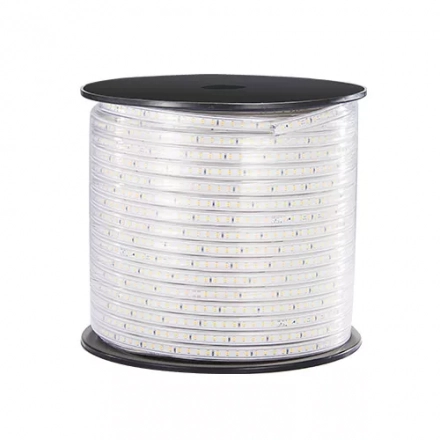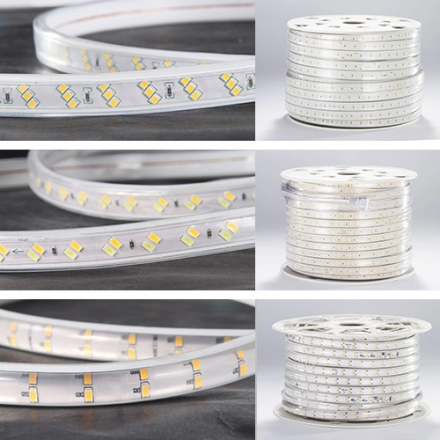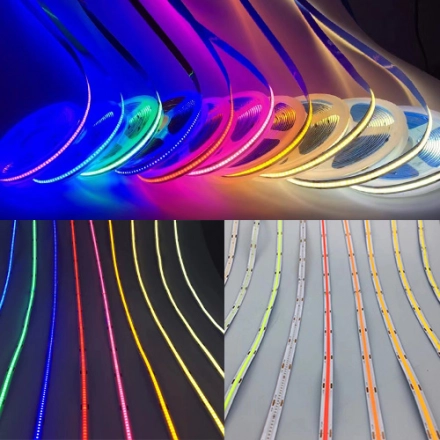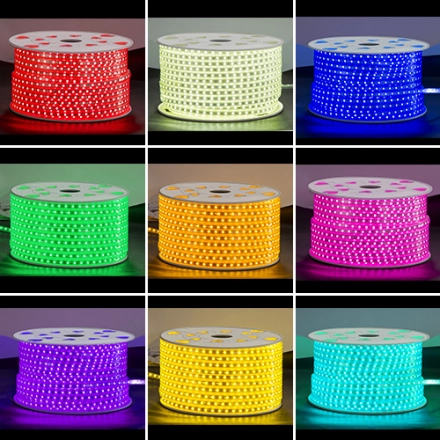Sure, I can certainly help you to describe how LED strip lights can be used in a kitchen setting, the user experience, and some suggestions for improvement. Here's a detailed description:
In an American style kitchen, LED strip lights can be used in a variety of ways to enhance functionality and aesthetic appeal. Here's a typical use scenario:
Imagine walking into your kitchen in the early morning. It's still dark outside, and you're not yet fully awake. Rather than turning on the harsh overhead lights, you gently tap a switch on the wall, and immediately, a warm, soft glow emanates from beneath your kitchen cabinets. This is the beauty of LED strip lights, also known as under-cabinet lighting.
These lights can be affixed under upper cabinets to illuminate the countertops below, providing better visibility for cooking and food preparation tasks. They can also be installed inside cabinets or drawers for better visibility when searching for items. Alternatively, LED strip lights can be mounted along the bottom of lower cabinets or kitchen islands to provide a stylish "floating" effect and additional ambient lighting.
The user experience of LED strip lights in a kitchen is typically quite positive. The lights are energy-efficient, lasting much longer than traditional bulbs. They provide a modern, clean look, and can dramatically improve the overall aesthetic of the kitchen. The ability to adjust the brightness of the lights is another key feature that users appreciate; with a dimmer switch, you can create the perfect atmosphere for any occasion, whether it's a quiet dinner or a lively party.
However, there are a few areas where improvements could be made:
1.Installation: Installing LED strip lights can sometimes be a bit of a hassle. The adhesive on some products may not be strong enough to hold the lights in place over time, and wiring can be tricky for those who are not technically inclined. An easier installation process, perhaps with a stronger adhesive or a wire-free option, could greatly enhance the user experience.
2.Color options: While many LED strip lights come in a variety of colors, some users may desire a wider range of color temperatures for white light, from a warm glow to a bright, daylight-like white.
3.Smart integration: Although some LED strip lights can be controlled via smartphone apps or voice commands (through integration with smart home systems like Google Home or Amazon Alexa), this functionality is not universal. More comprehensive integration with smart home technology would be a welcome feature for many users.
4.Remote controls: For those that do not come with a smart home integration feature, it would be beneficial to include a remote control for ease of use, rather than having to physically interact with a switch.
I hope this helps to illustrate the use of LED strip lights in an American kitchen setting, as well as areas where the technology could be improved.





